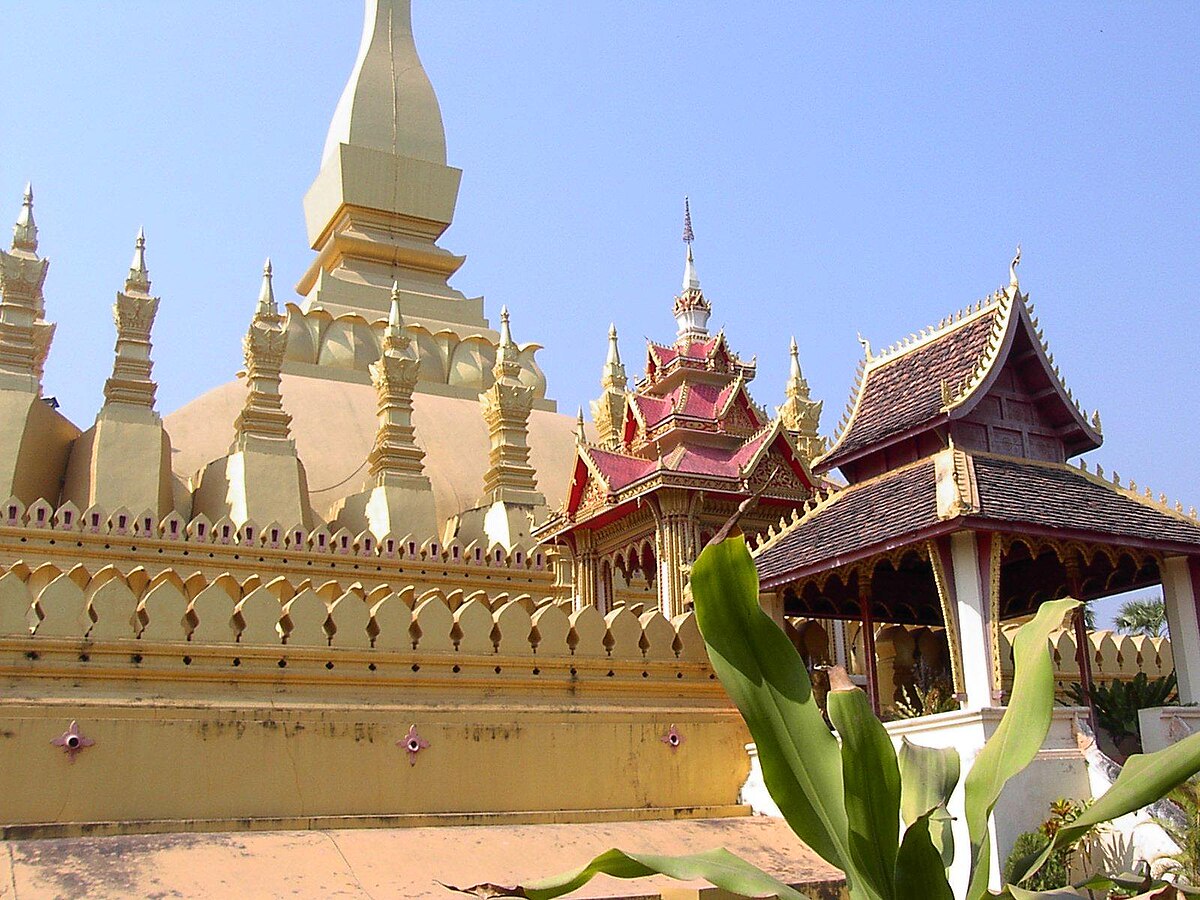
🧬 Ethnic Origins
The Lao are a branch of the Tai people of Southeast Asia, with roots tracing back to the Han Dynasty in what is now Yunnan, China. Over centuries, migration shaped modern Laos, bringing in cultural and linguistic ties with the Tai of Thailand and other regions.
📜 Historical Journey
From the 7th century onwards, waves of Lao people moved southward due to Chinese expansion and Mongol invasions. Their settlement brought rice farming and Indian cultural influence.
🏯 Rise of Lan Xang
The Lao identify their cultural foundation with the fall of the Khmer Empire. The Lan Xang Kingdom, founded in the 14th century by Fa Ngum in Luang Prabang, once controlled territories far beyond modern-day Laos.
🗺️ Colonial Era & Modern Times
The kingdom weakened and fell under Siamese control, until the French colonized Laos in the 19th century. The French influence declined by mid-20th century, and despite struggles, Laos is now slowly growing, with tourism contributing significantly.
👨👩👧 Ethnic Groups Today
- 👣 Lao Loum (Lowlanders): ~2/3 of population, dominant culturally and politically.
- 🏔 Lao Theung (Midlanders): Inhabit central/southern hills.
- ⛰ Lao Soung (Highlanders): Only ~10%, live in remote north.
🌟 Friendly People
Life can be tough in Laos, but locals are known for their warm hospitality—especially appreciated by tourists exploring both cities and countryside.
👗 Laos Costumes
🎉 Traditional vs. Modern Wear
While urban Lao people wear Western clothes daily, traditional attire shines during festivals and ceremonies.
👩🦰 Women’s Clothing
- 👗 Phaa Sin: Intricate silk skirts with colorful embroidery and distinct motifs per occasion.
- 🧣 Pha Biang: Shawl-like garment worn by both genders.
- 👚 Suea Pat: Long-sleeved, buttonless traditional blouse tied with string.
🧵 Weaving Heritage
Lao women pass weaving skills through generations. Many still grow silkworms, dye yarn, and handcraft their own garments using upright looms.
🧍♂️ Men’s Clothing
On formal days, men wear loose shirts, pants, and knee-length socks.
🏔️ Hill Tribe Costumes
- 🖤 Black Hmong: Wear deep indigo hemp outfits—embroidered sleeves, aprons, sashes.
- 🌸 Flower Hmong: Bright, beaded, and tartan-detailed clothing.
- 🎊 Other Tribes: Flared blouses, decorated sarongs, sequins, coins—each group has distinct cultural wear.
🌿 Lao Culture
📈 A Country in Transition
Despite being one of the poorer nations, Laos is evolving, aided by tourism. Visitors on Laos tour packages are helping fuel economic growth.
☸️ Religion & Spirituality
While Buddhism is the main religion, spiritualism also deeply shapes Lao values. The community spirit of communism blends with Buddhist ideas of responsibility and karma.
🎎 Social Structure
- 👵 Respect for Elders: Deeply ingrained in Lao life.
- 🏛️ Hierarchy & Harmony: Decisions are often made through consensus to avoid conflict.
- 🧘♀️ Composure: Saving face is important—arguments or displays of anger are rare.
🙏 Customs & Manners
- Greeting: Hands pressed together with a bow, paired with “Saibaidee bor?” → “Sabaidee” (I’m well).
- Avoid touching others, especially the head.
- Don’t point or show the soles of your feet—it’s rude.
🛕 Temple Etiquette
- Wear modest clothes (no bare shoulders or knees).
- Remove shoes before entering temples.
- Treat monks and sacred sites with respect.
👘 Clothing & Festivals
Traditional clothes remain popular among women and during festivals. Rural tribes also wear unique outfits on special occasions.



